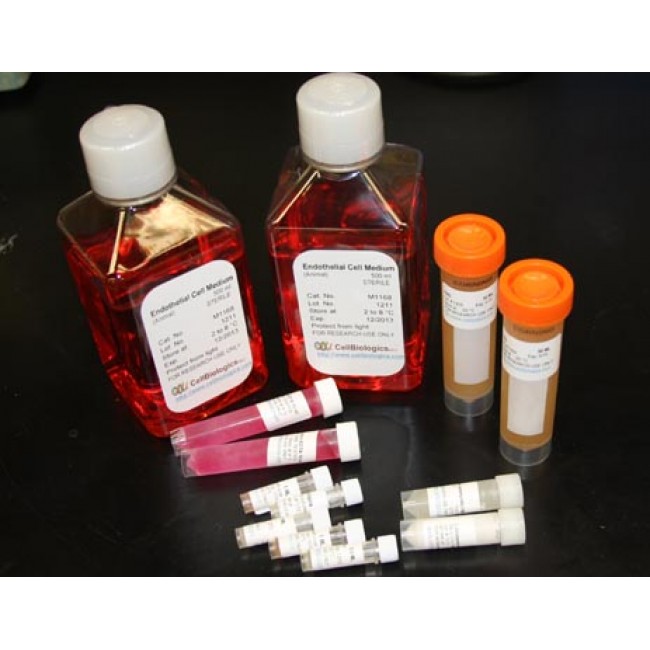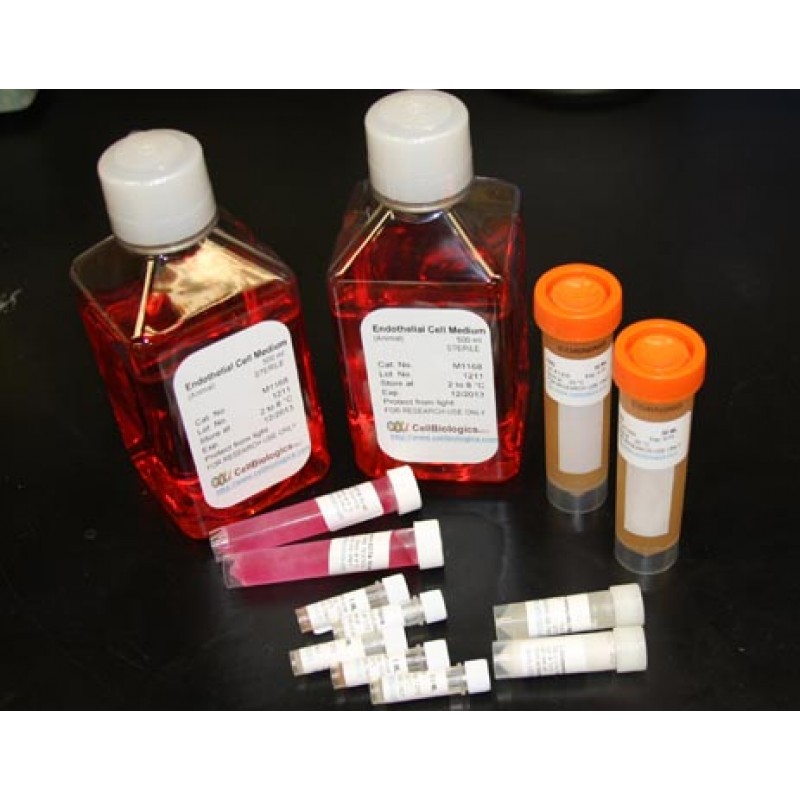The PDGF family is comprised of five different disulphide-linked dimers of four different polypeptide chains: A, B, C and D (PDGF-AA, PDGF-BB, PDGF-AB, PDGF-CC and PDGF-DD). Synthesized mainly by megakaryocytes, PDGFs are stored in the alpha granules of platelets from which they are released following platelet activation. PDGF receptors are expressed in fibroblasts, osteoblasts, chondroblasts, smooth muscle cells, glial cells and endothelial cells. Functioning as an autocrine and paracrine growth factor, PDGFs are involved in a number of biological processes that include but not limited to hyperplasia, chemotaxis, embryonic neuron development, wound healing and respiratory tubule epithelial cell development. Aberrant expression of PDGFs is observed with vascular proliferative diseases such as atherosclerosis. PDGFs regulate the synthesis of their own receptor and also influence the expression of membrane receptors for IL1, EGF, 5-Hydroxytryptamine, LDL and transferrin. Recombinant Human PDGFA expressed in human 293 cells is a mixture of pro-dimers, pro-mature and mature dimers with a molecular mass of 35 to 45 kDa.


